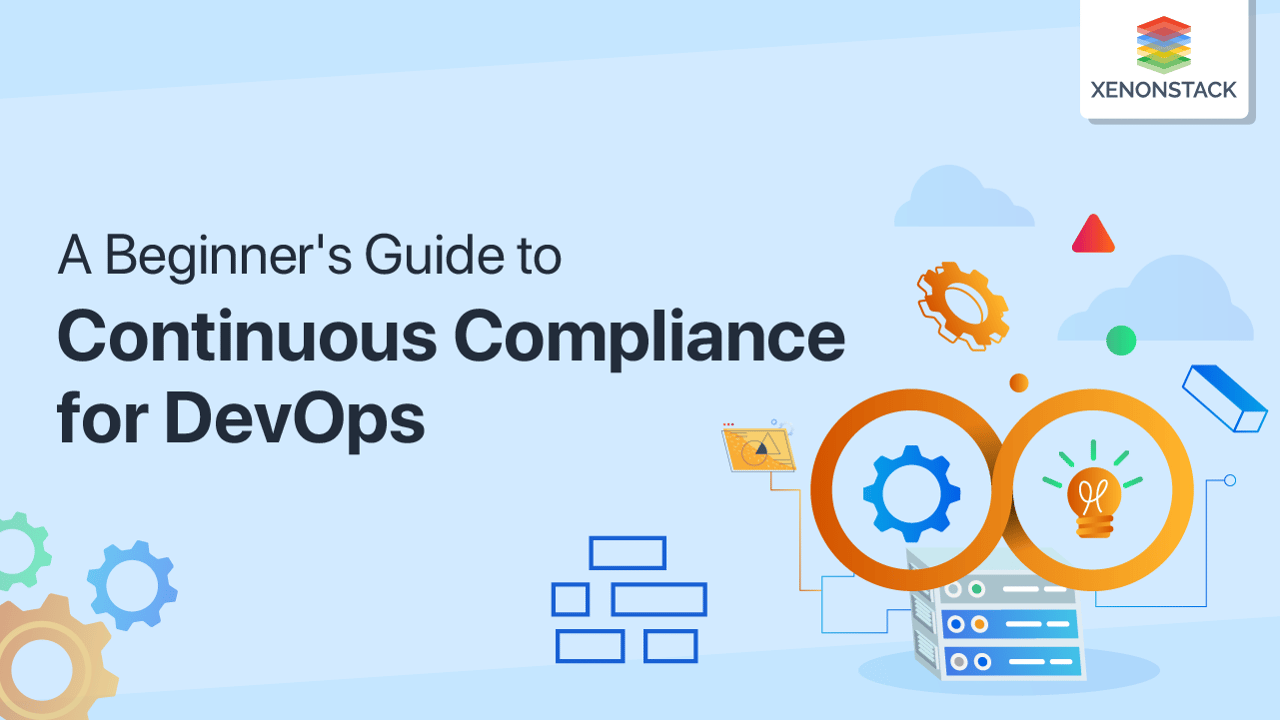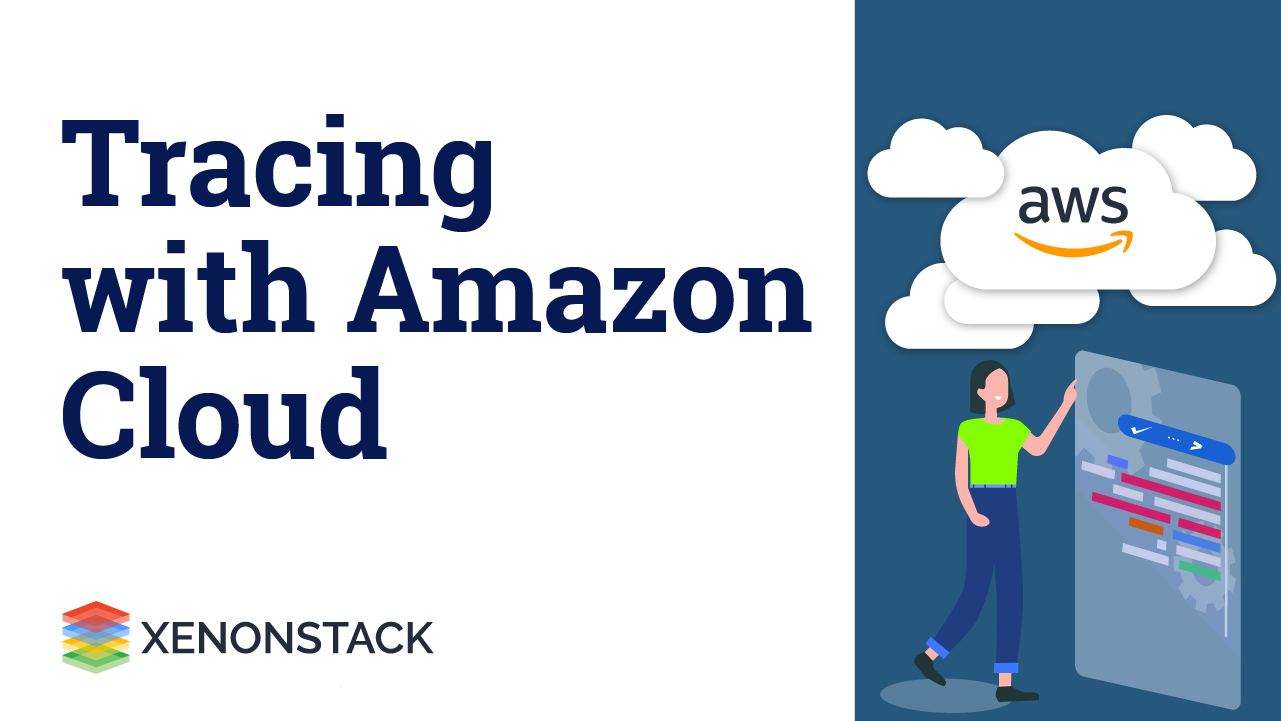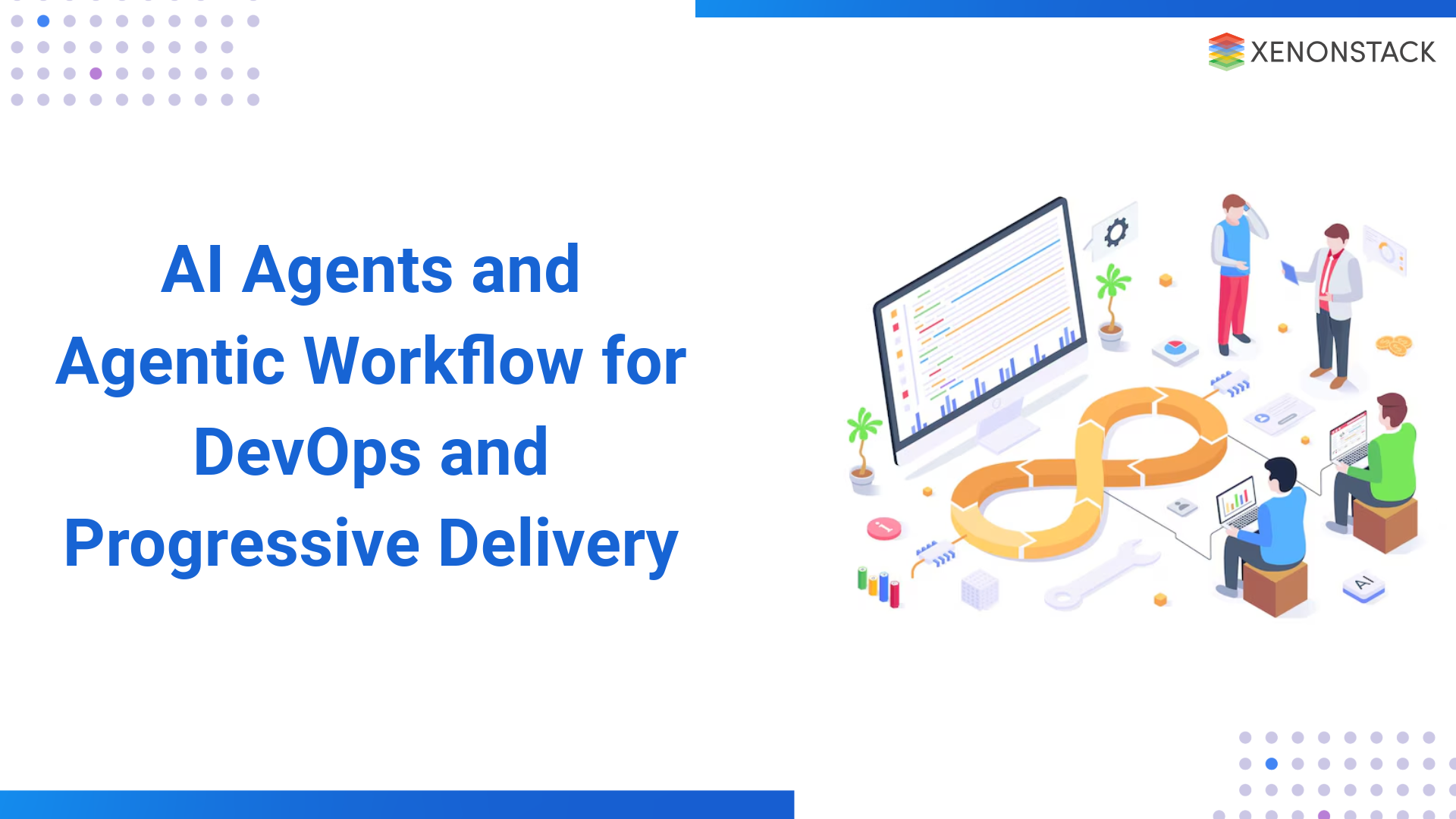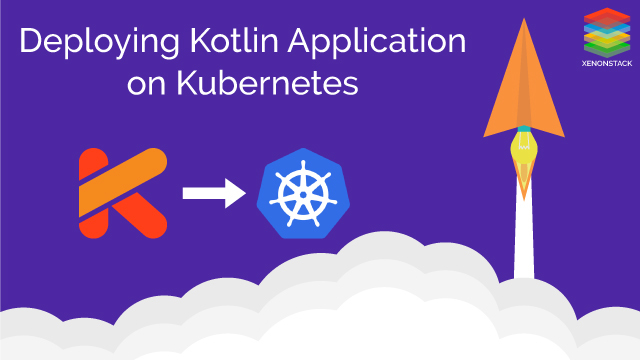
What is Continuous Compliance?
Continuous compliance is an approach to continuously maintaining the requirements set by frameworks and regulations across the business environment. Typically, an organization will have a compliance officer, security teams, DevOps teams, and an external regulator. And they all try to understand how the product in the organization is being delivered. These organizations implement controls around change management, risk controls, and security and convert them into a process.
Why Continuous Compliance?
Cloud-native computing brings new complexities to how applications are delivered and handle user data. The data flowing through these systems and how organizations manage this data is critical to compliance. In dealing with such dynamic environments, Audits can be outdated the next day. For example, when new releases are deployed continuously, it's easy for one release to expose an endpoint to third-party applications and leave sensitive and vital data accessible to the outside world.
If the regulatory standards themselves change, It's critical to stay on top of these changes and adjust the processes to remain compliant. As a result, it must be incorporated into any DevOps workflow.
A crucial pillar that aligns DevOps, Security, and Compliance for Infrastructure Management processes. Click to explore about our, Infrastructure as Code Security
Evolution of Continuous Compliance
Documentation, sign-offs, and change advisory boards are used to address the issue of it. However, these activities can't keep up with the release pace of the organization's DevOps teams. Documentation processes don't scale well in today's dynamic situations, which implies accepting extra lead time or risk when releasing updates.
Suppose our industry has risk controls, documentation, and approvals. In that case, we may automate them with each update rather than waiting until the end to do it manually, allowing us to release software safely and providing agility.
What are the best practices?
- Two Goals: Agility and Security - It's tempting to think of compliance as just adhering to regulatory requirements. This, however, is not the case. When done correctly, compliance also allows the company to operate faster, promoting innovation. Every DevOps-adopting company wants to be secure while yet moving quickly. Continuous compliance is one of the ways to accomplish both of these objectives.
- Integrating Compliance in Release Cycle - Compliance is frequently an afterthought. Conversely, it necessitates that DevOps teams begin their design and development with compliance in mind. With each fine detail in mind, this means having complete clarity on the requirements. With this in mind, the team may develop applications that match these specifications. To achieve this level of clarity, diverse teams, including business executives, must speak the same language and use the same terminology.
- Automated Compliance - The procedure for verifying and enforcing compliance should be as automated as possible. Integrating compliance checks into the CI/CD pipeline is an excellent practice. Make vulnerability scanning, for example, a part of your CI/CD process by integrating it with your CI pipeline so that checks are run automatically at build time.
- The Right Data Hierarchy - Not all data is equally valuable. Some information is more sensitive than others. This is why all our environments' data must be organized and classified. We can draft policies to regulate distinct categories of data once they've been classified. This involves encrypting data both in transit and at rest.
- Audit Access Control - Identity and access management (IAM) are vital to achieving compliance. It helps define who has access to data and what modifications they can make. When it comes to access, it's crucial to assign it to teams or roles rather than to individuals. This makes IAM policies more scalable and manageable.
By using SSO and SAML integration, we can avoid sharing passwords and other sensitive data.
This way, every user has access to only the information they require. This is an example of the least privilege principle in action and grants access on need-to-know-basis - Continuous Auditing - Auditing is critical to ensure compliance. Testing has changed dramatically in the DevOps world. To begin with, It's easier to discover problems and issues before they reach production with auditing. Secondly, audits are becoming more and more automated. As a result, they're predictable, measurable, repeatable, and easy to deal with.
A technique of continuously monitoring IT assets to verify that they meet regulatory security requirements. Click to explore about our, Automated Remediation and Continuous Compliance
What is Continuous Compliance as Code?
Compliance-as-Code refers to using programmatic methods (code) to automate the implementation, validation, remediation, monitoring, and reporting of an organization's mandated compliance standards across the whole organization's ecosystem. The most obvious benefit of using Compliance-as-Code is that it can be applied and integrated throughout the whole compliance lifecycle process. It can be used to validate the implementation of various controls during the early design and implementation phase. It can also be utilized for ongoing monitoring and resolution of possible problems.
When implementing compliance-as-code, we must first identify the security standards and best practices that must be followed, as well as the regulatory and internal governance criteria that must be met. After identifying all the needs and appropriate controls, we will need to use code to integrate those requirements and controls into precise rules.
Compliance as Code and CI/CD Pipeline
Assume that compliance-as-code is built into the CI/CD pipeline. Developers will be notified of the compliance status for each commit and will make changes as needed. As a result, the final version will be compliant. Over manual enforcement of compliance requirements and controls, compliance-as-code is necessary because it allows for continuous auditing and reporting of compliance status.
Integrating compliance-as-code, from the start of the software development lifecycle, assists the security team in identifying issues. In addition, the development team can make changes early, resulting in on-time delivery and allowing both teams to complete their tasks more quickly.
Introducing security in the earlier phase of the application or software development cycle and CI/CD pipelines. Click to explore about our, DevSecOps Tools and Continuous Security For an Enterprise
Conclusion
Compliance as a Code brings management, compliance, internal audit, and development and implementation. All the stakeholders working together must define the policies and rules for compliance and control. Managers must understand how operational risks and other risks will be managed through the pipeline. It is good to continuously audit the organization's compliance and provide reports of such monitoring to external or internal auditors.
- Discover here for Release Engineering for Continuous Development
- Click to explore here Observability for Kubernetes and Serverless


